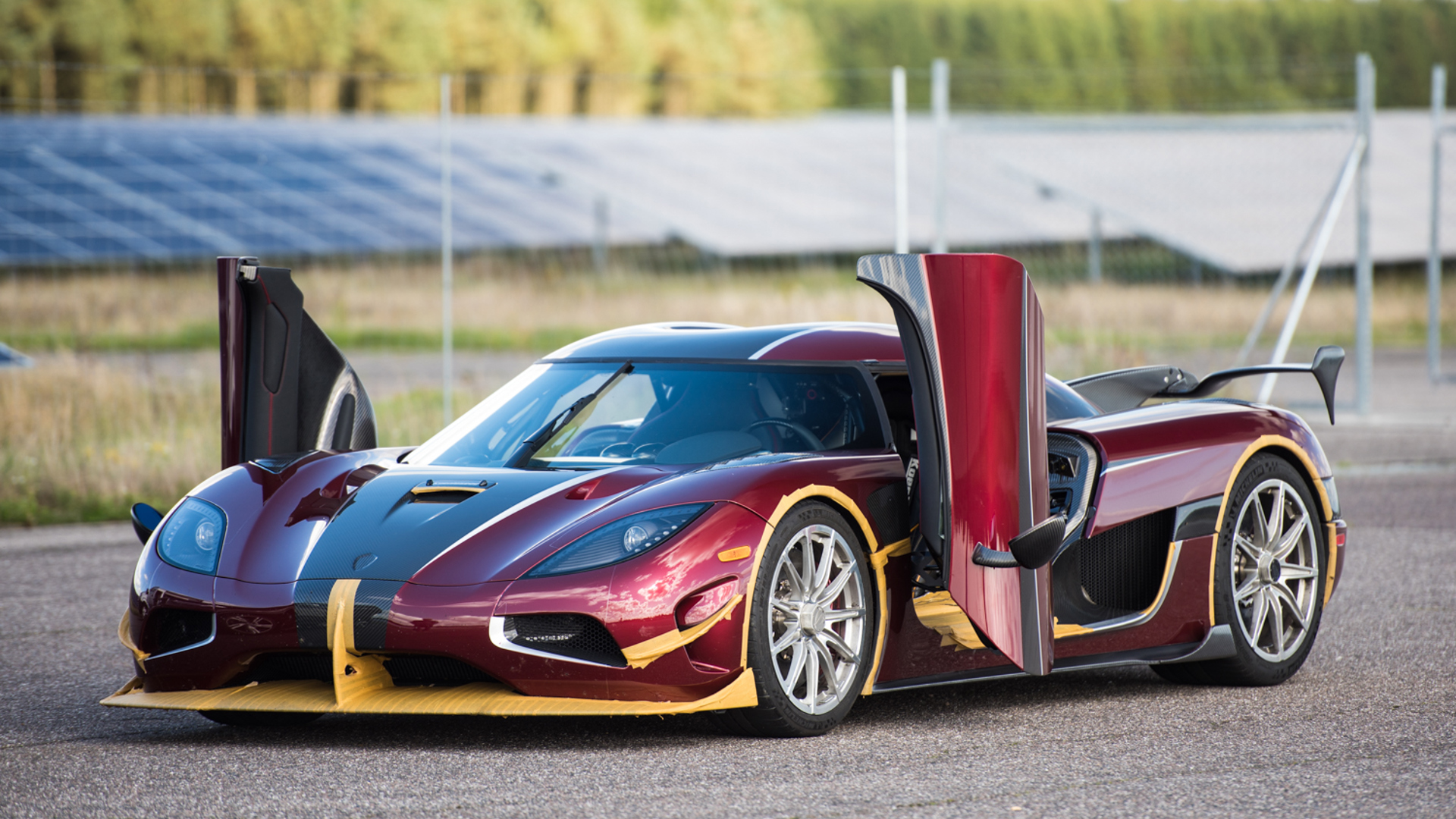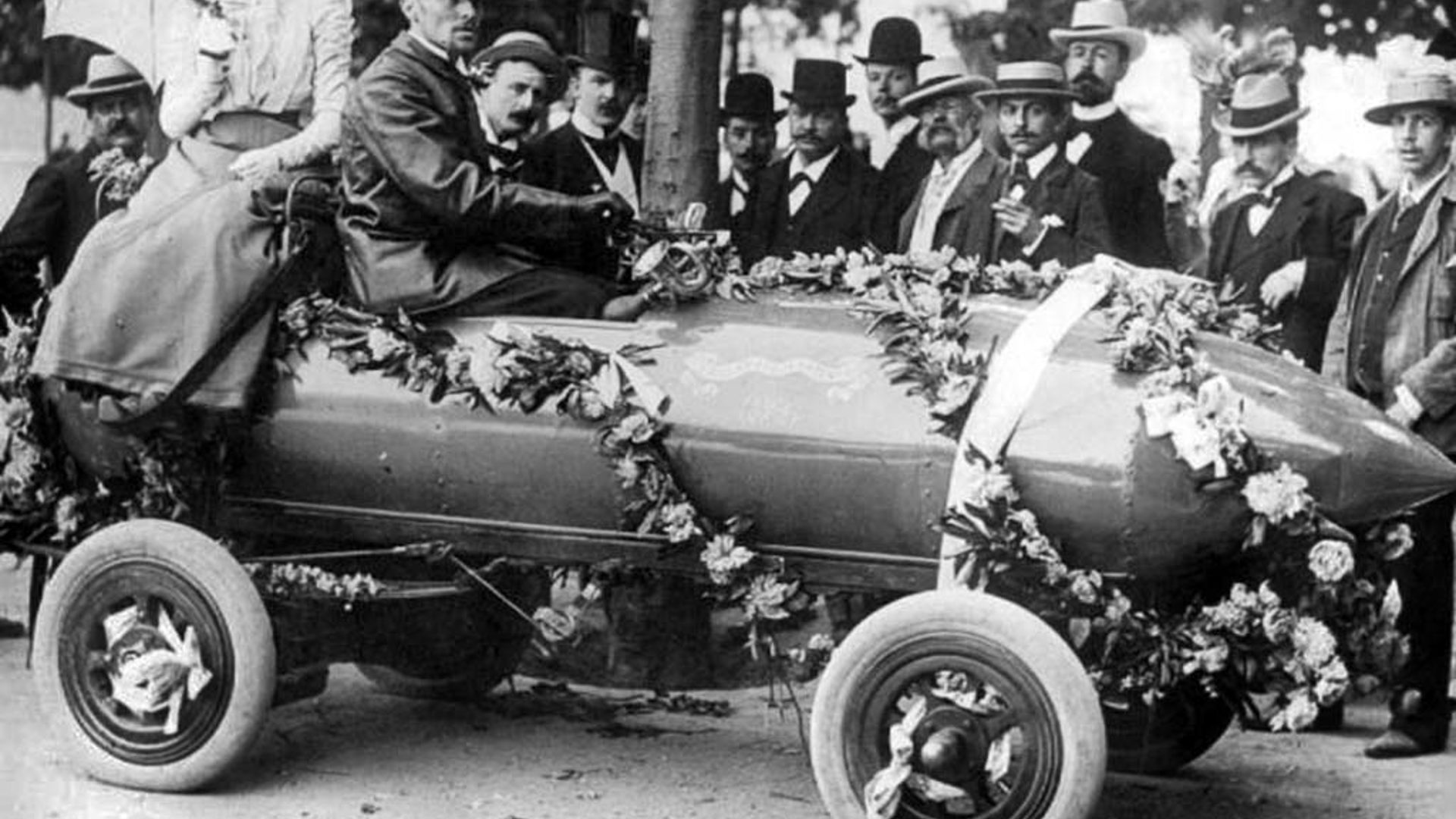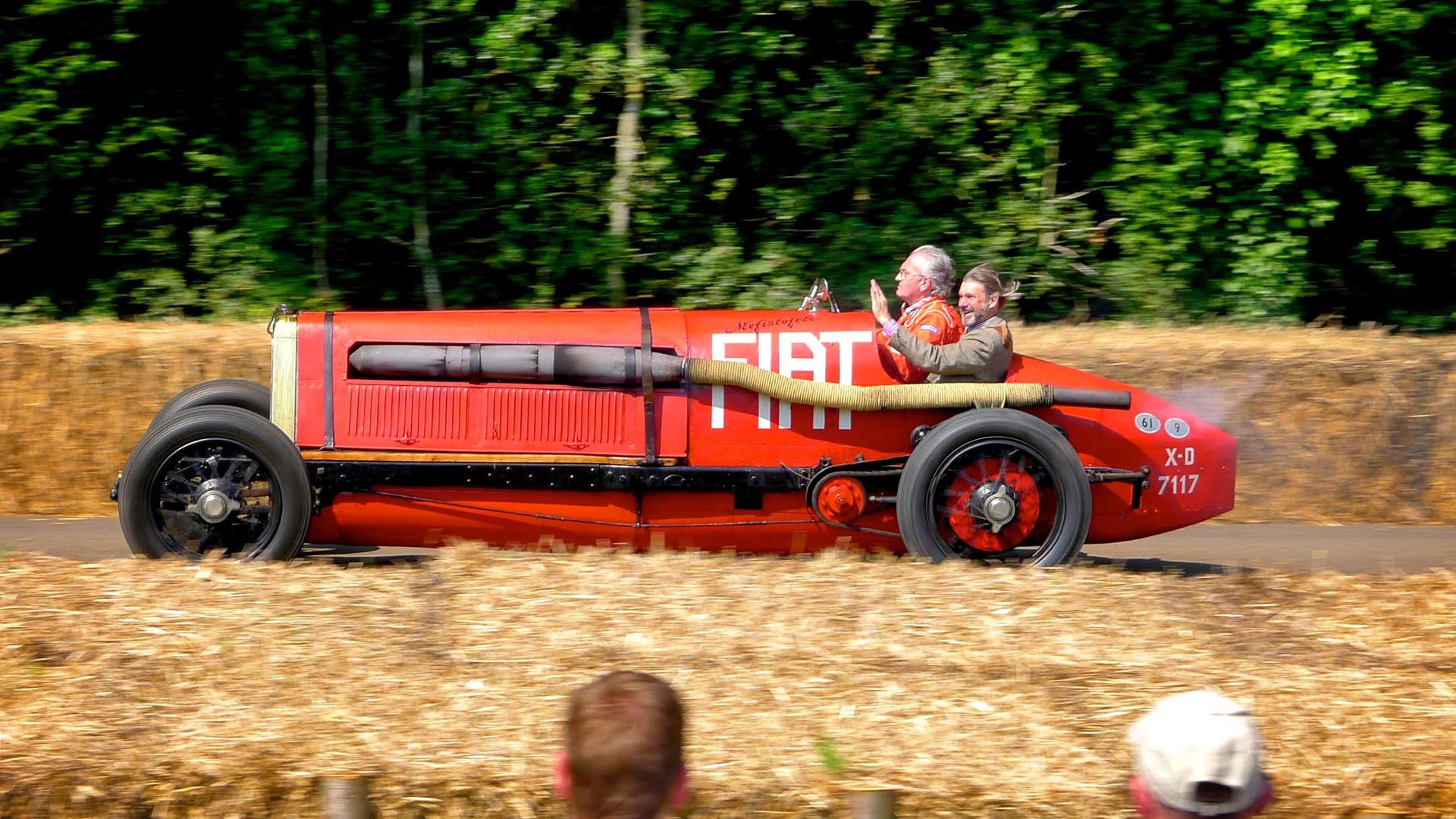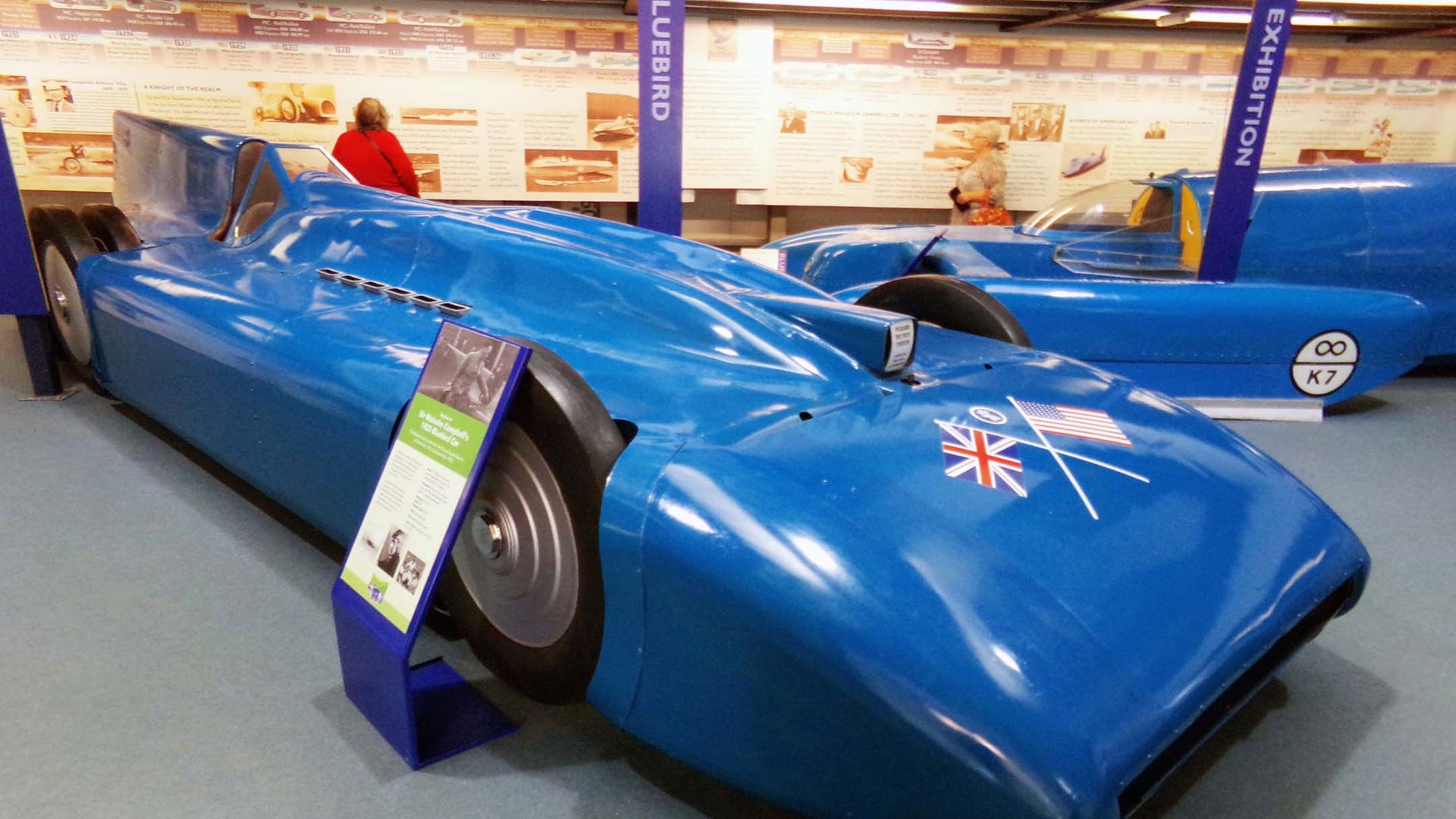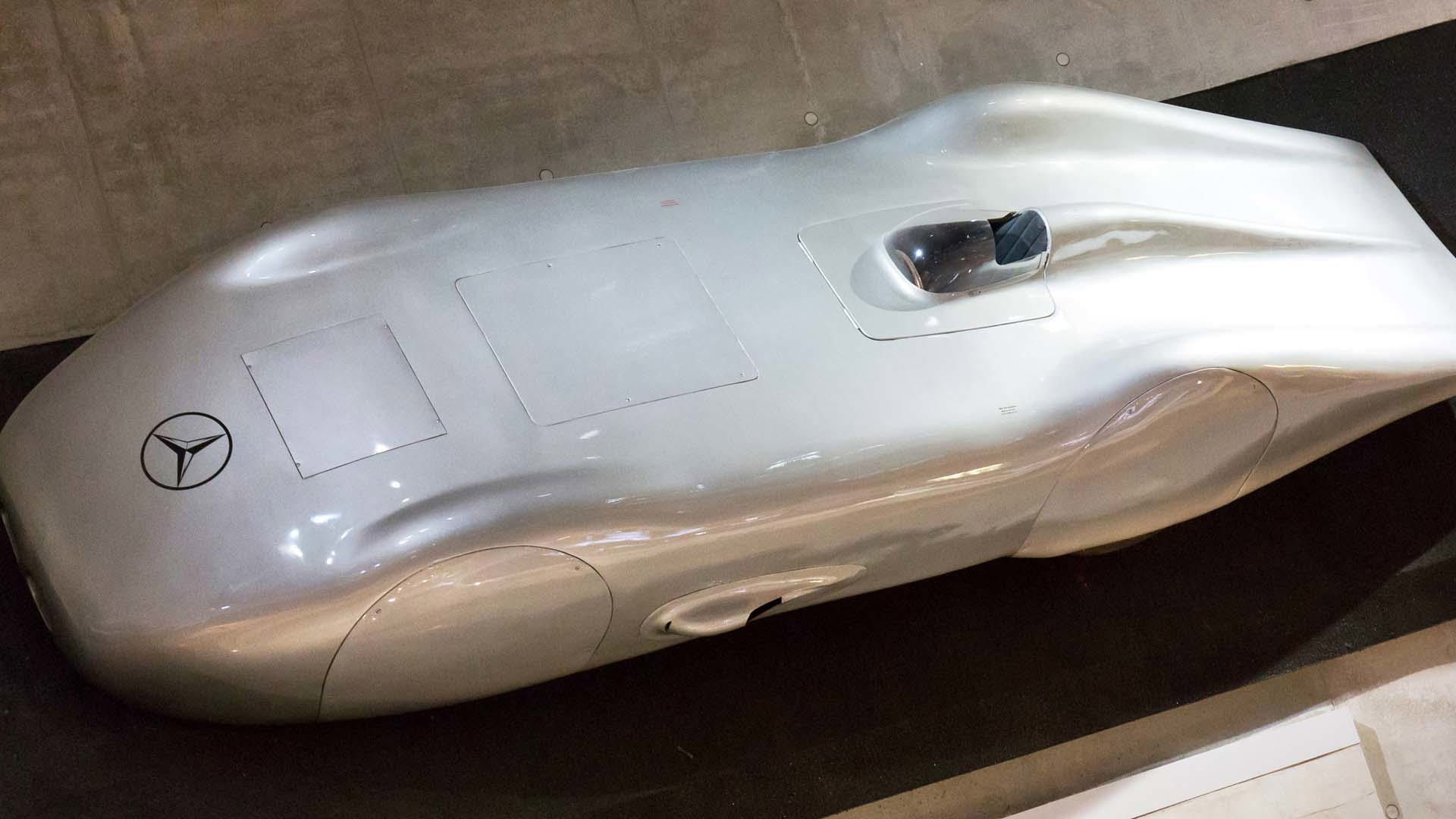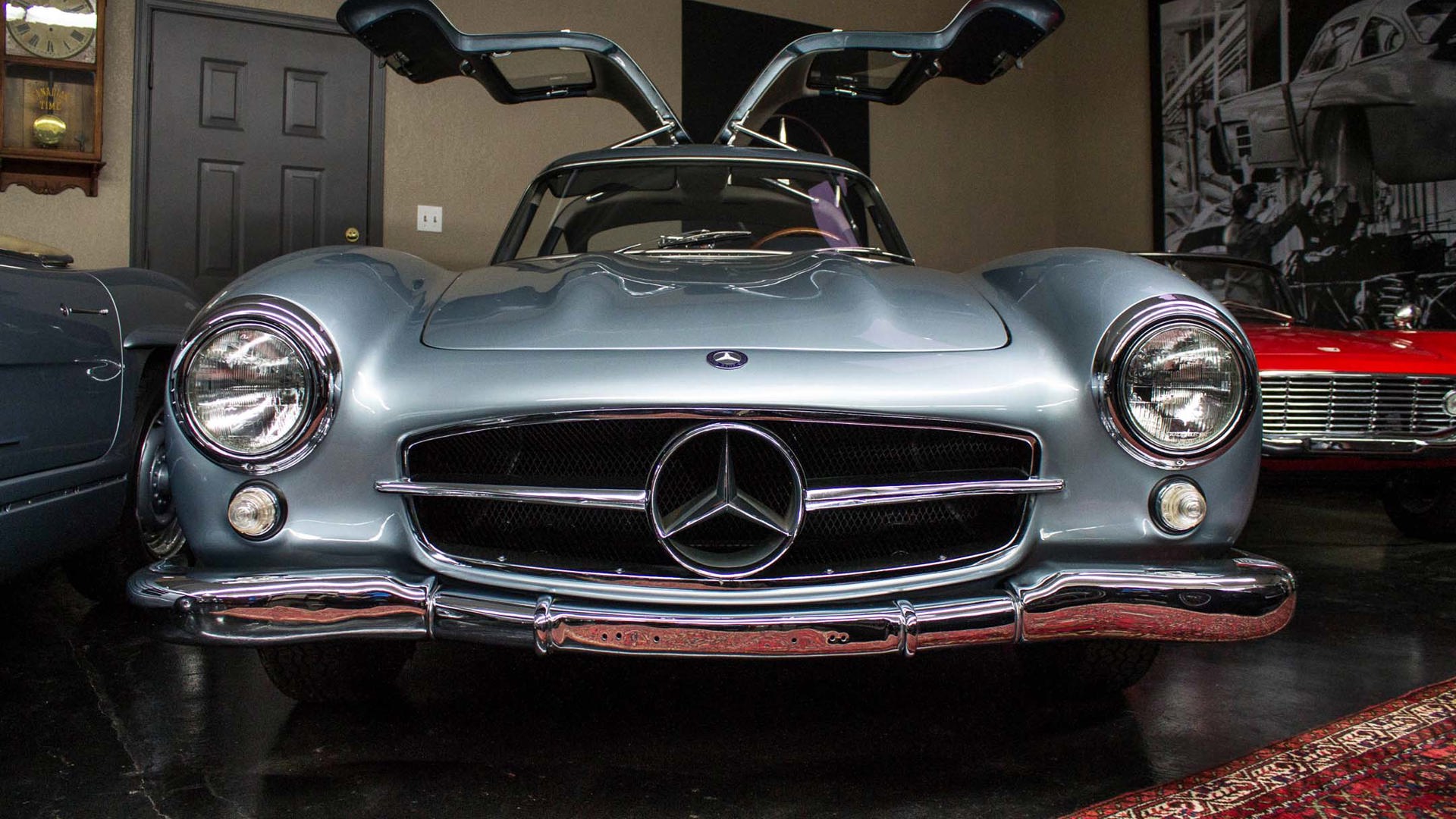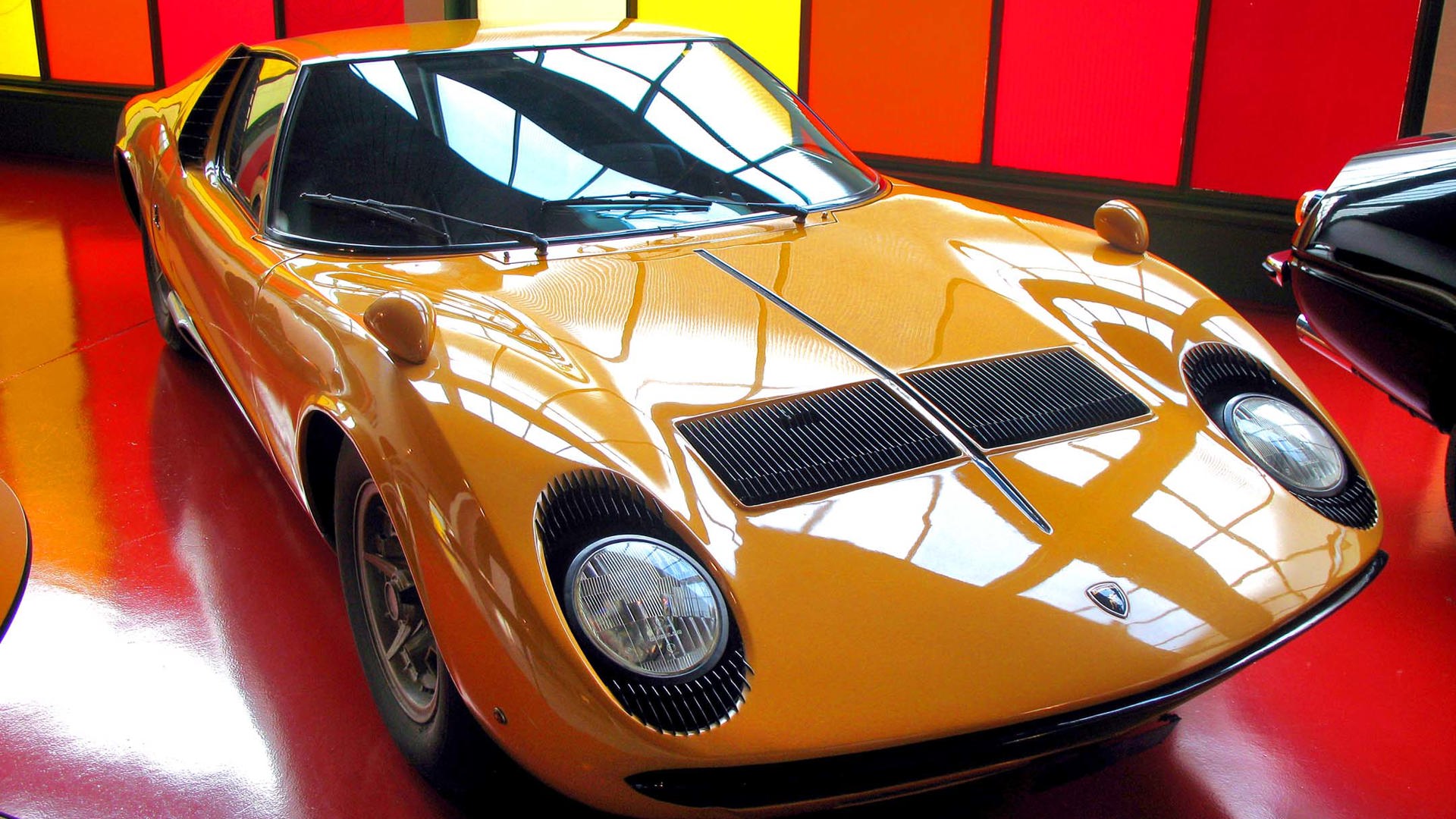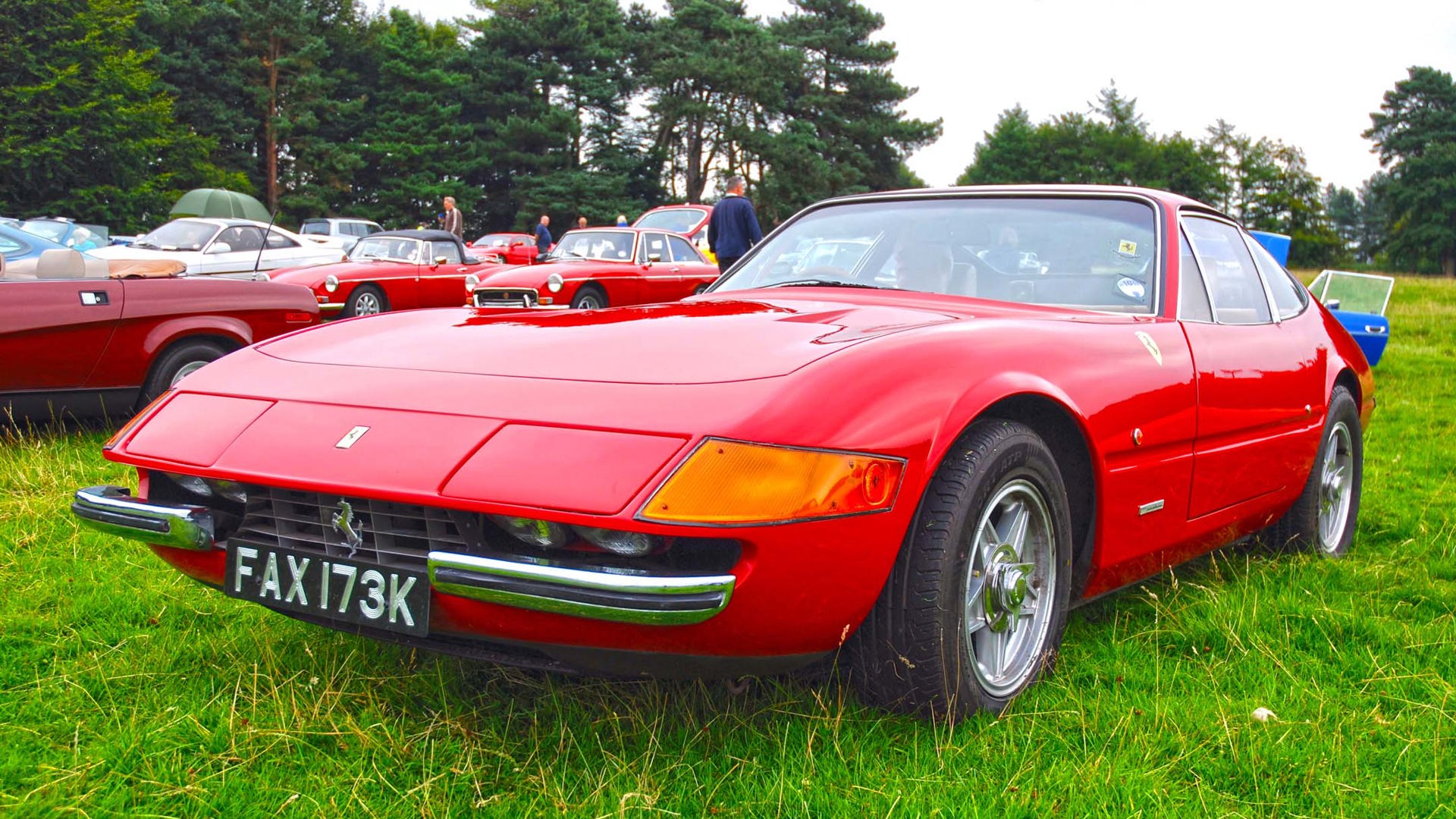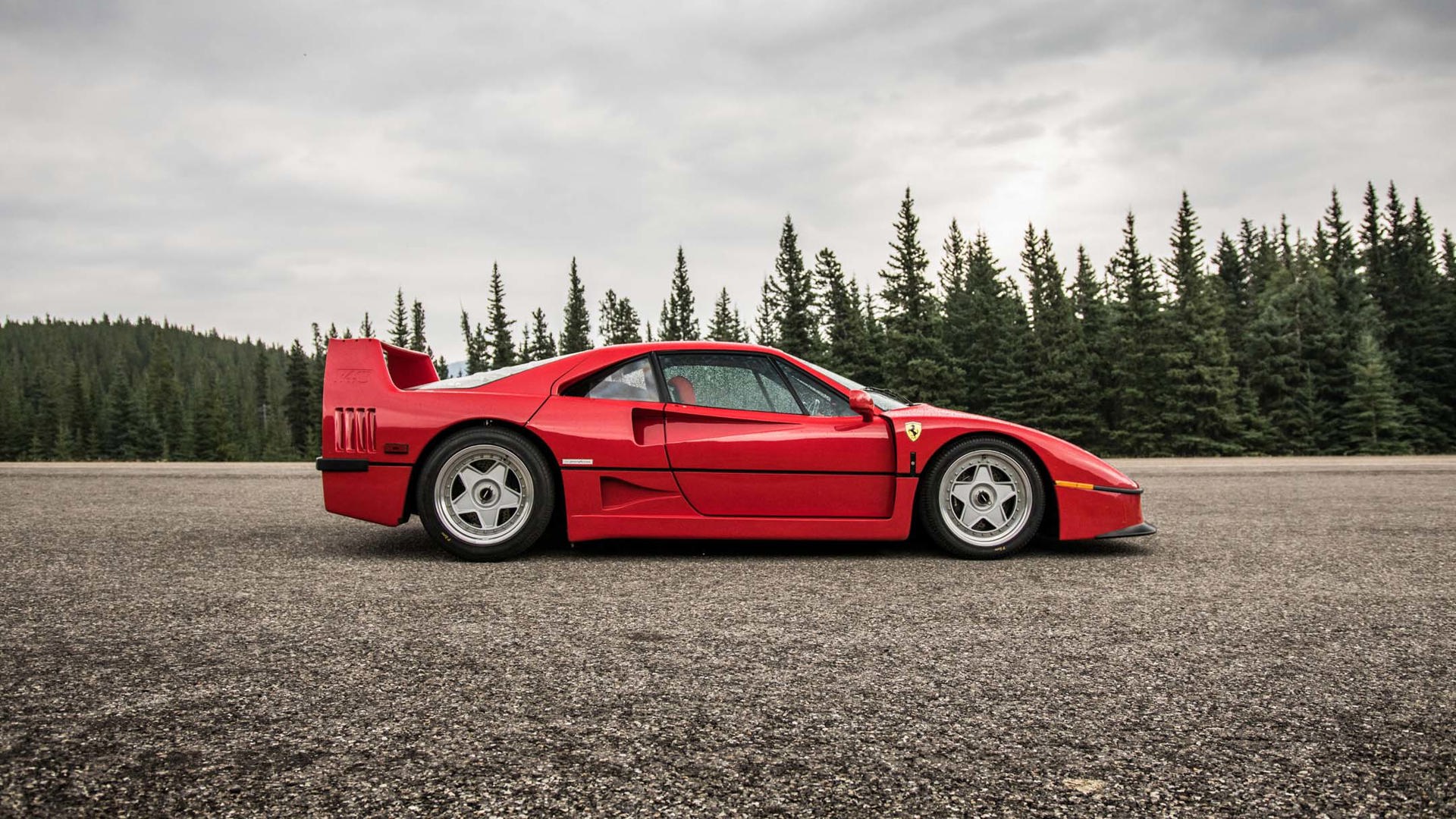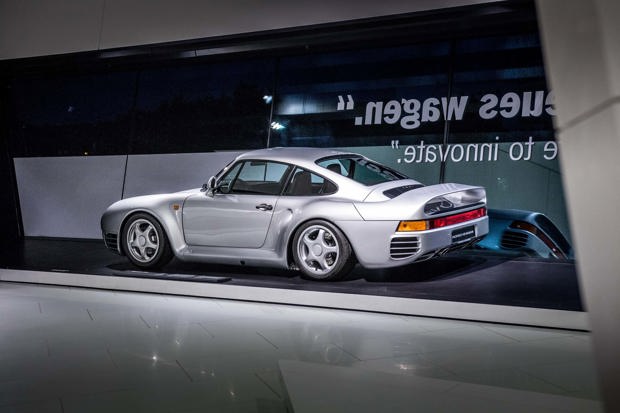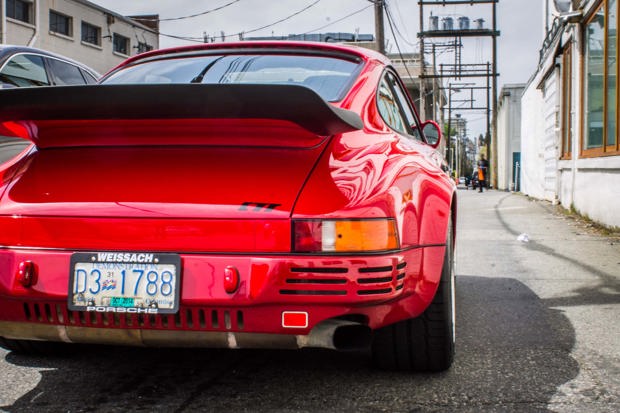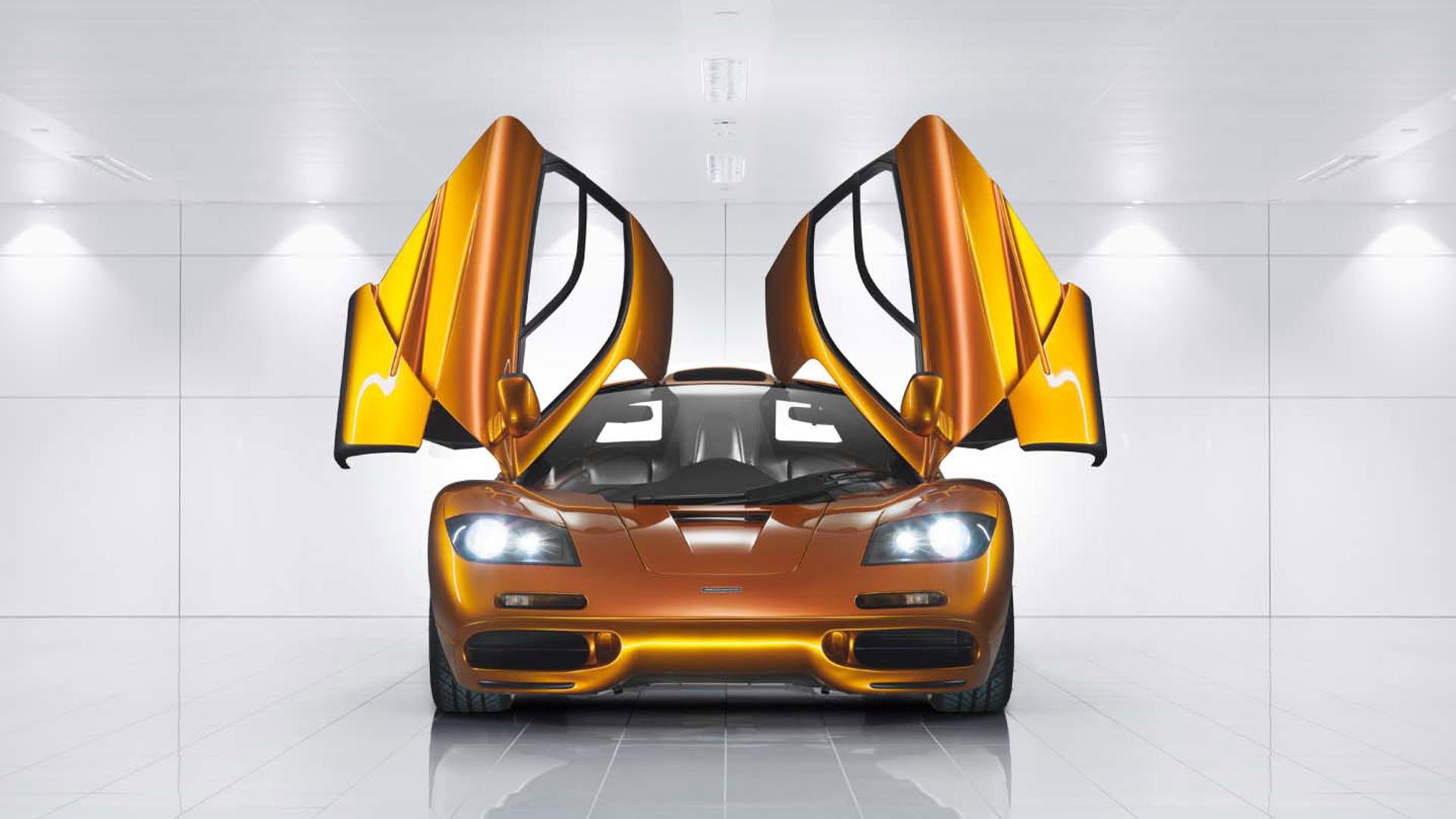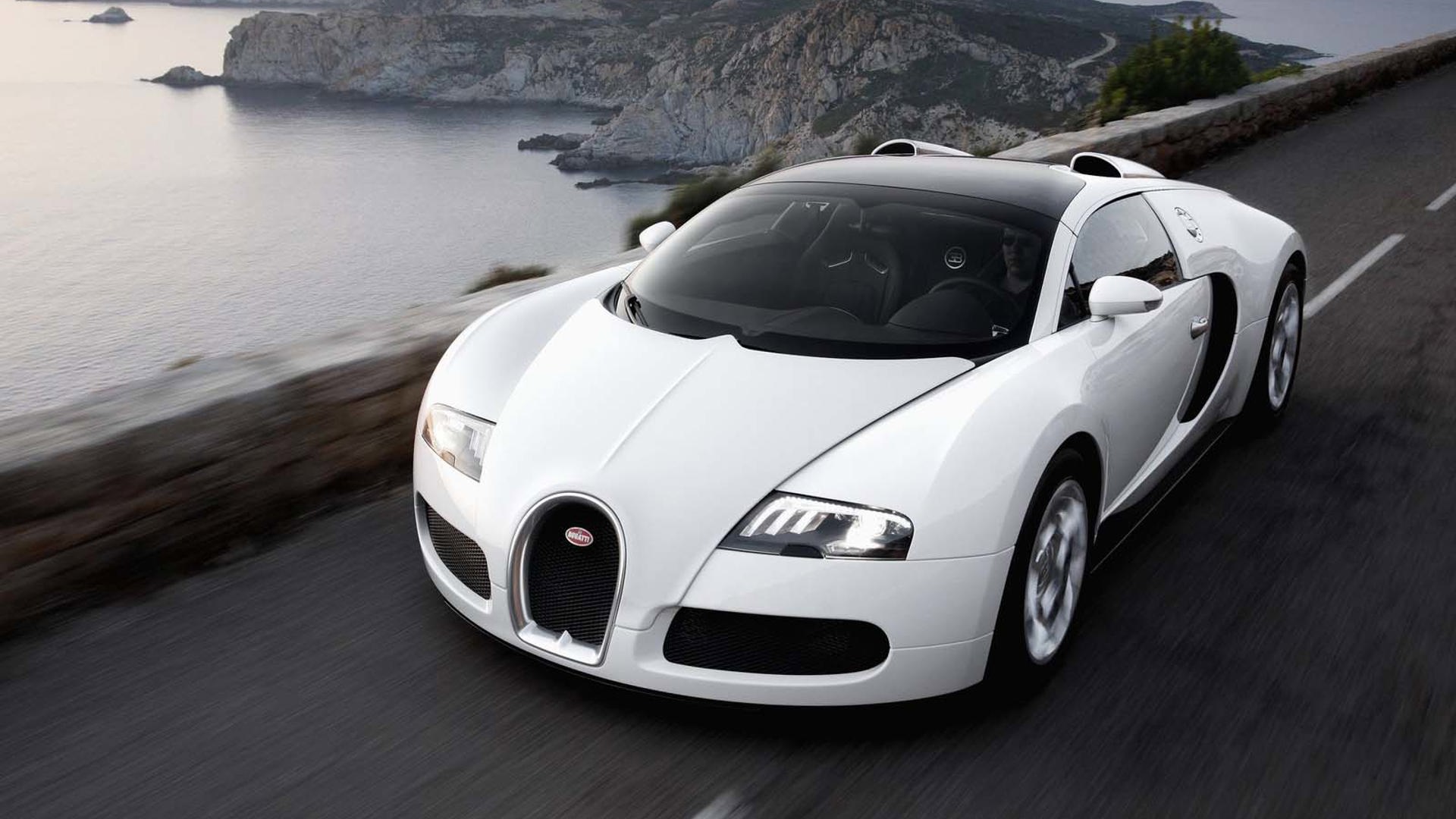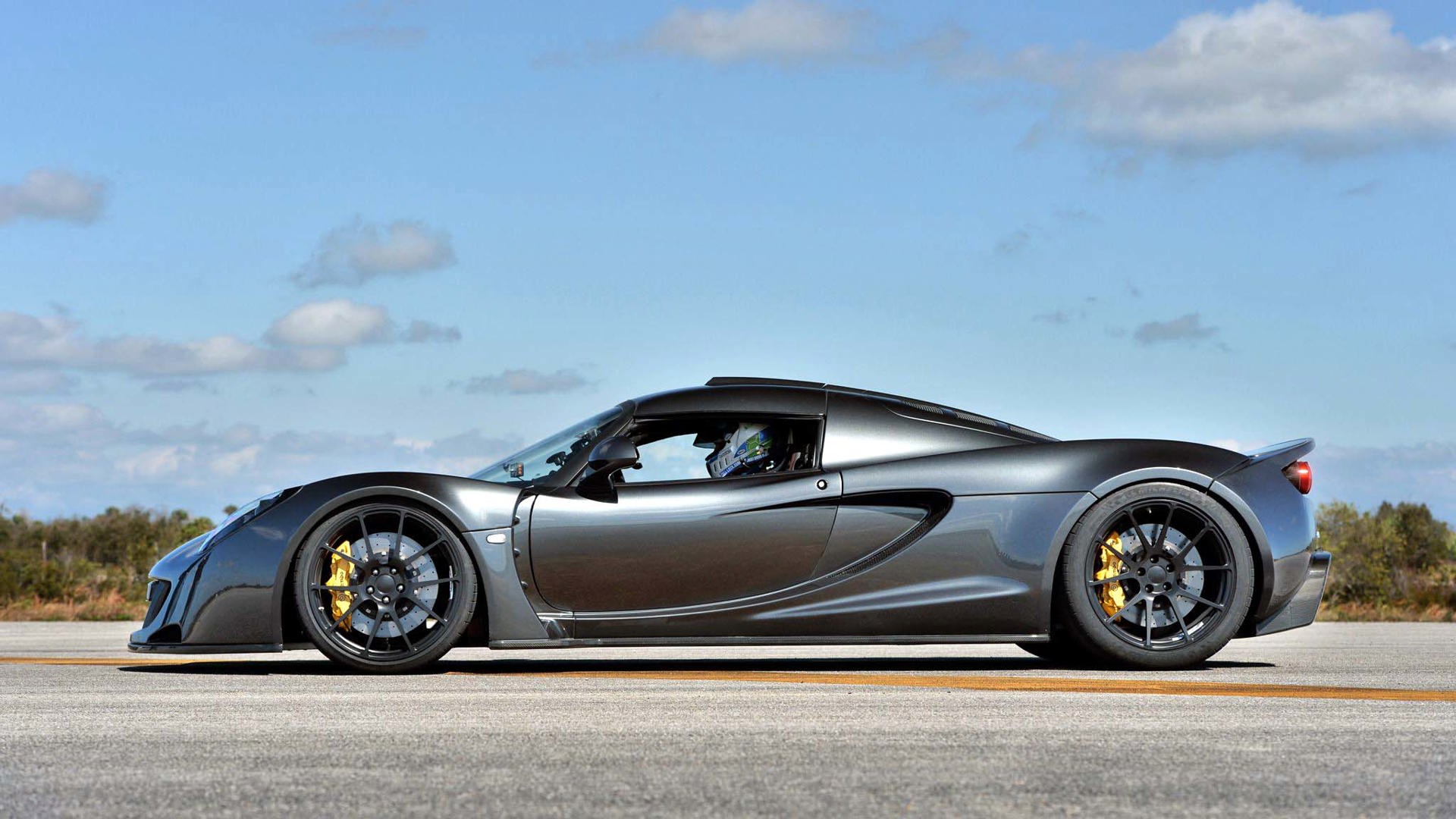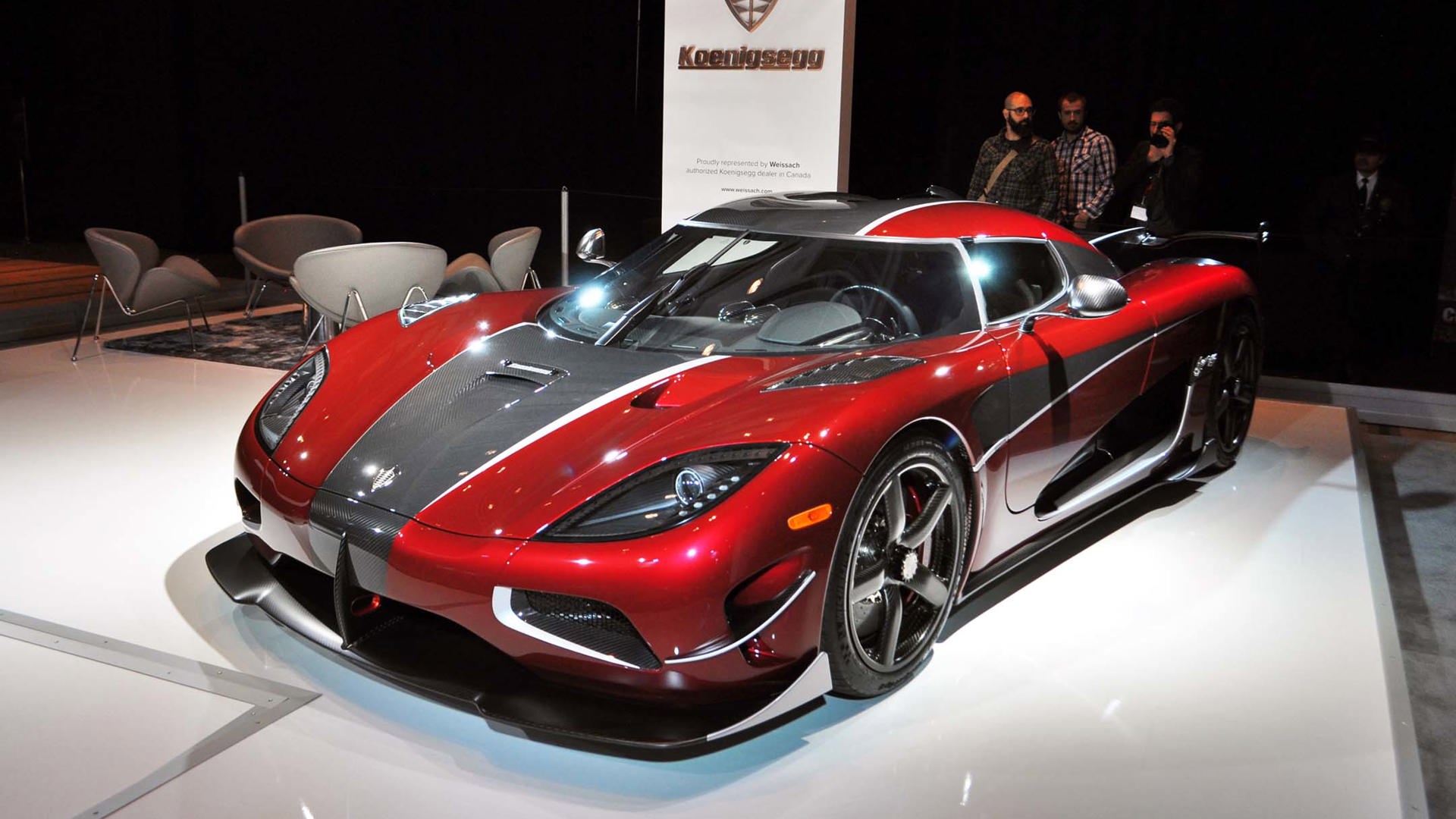On a lonely stretch of highway cutting through the Nevada desert, running between Pahrump and Las Vegas, hell on wheels sped towards Sin City like it was being chased by the devil. At the wheel, Koenigsegg factory driver Niklas Lilja watched the speedometer tick higher: 400, 410, 420 km/h.
A slight headwind buffeted the car, but the deep-red Agera RS remained rock stable as it topped out at 436 km/h. This was no factory special, but a customer-delivered car, riding on street-spec Michelin tires. Even more impressive, this wasn’t Lilja’s out run, but the return journey. He and the car managed to run an eye-watering 458 km/h in the other direction.
The performance was good enough for a record-setting average speed of 447 km/h, making the Koenigsegg Agera RS the world’s fastest production car – depending on your definition of production volume. It’s a superlative that has captured the imagination since the first cars took to the road; a theoretical title of supremacy that doesn’t come with a trophy, just bragging rights.
With the Agera RS having since made its way to Canadian soil, it’s time for a look back. From the boulevard to the Bonneville salt flats, here’s the evolution of the World’s Fastest Cars.
La Jamais Contente – 1899
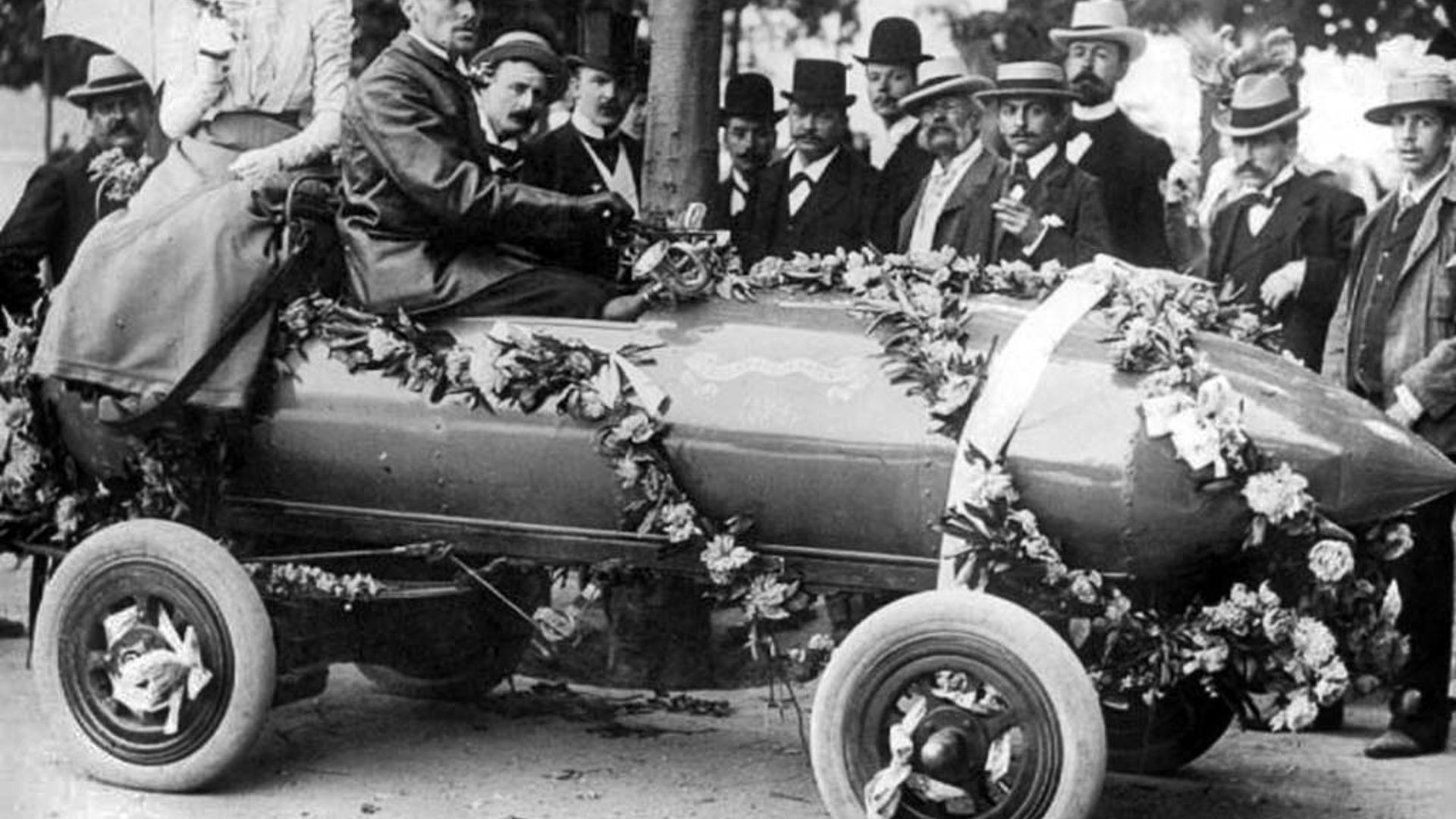
As you may imagine, the early days of speed trials were something of a hodgepodge of differing rules and argumentative governing bodies. What you probably didn’t know is that the early days of speed belonged to the electric vehicle.
The first official timing agency was the Automobile Club de France, and the first years of the sport was a battle between French pride and Belgian bravery. Specifically, we’re talking about the bravery of Camille Jenatzy, who set three records in the twilight of the nineteenth century, and became the first person to break the 100 km/h barrier.
He did so in La Jamais Contente, the first car purpose-built for achieving speed records. Powered by two direct-drive electric motors producing a total of 68 hp, the torpedo-shaped Jamais hit 105 km/h in 1899, firmly establishing the peak of electric performance at the time.
Surprisingly, given how dangerous high-speed driving was at the time, Jenatzy wasn’t killed in a racing accident. Instead, he decided to pull a prank on a friend during a hunting expedition, hiding in the bushes and making animal noises. The friend promptly fired blind, and Jenatzy bled out in a Mercedes on the way to the hospital.
Fiat Mephistopheles – 1923
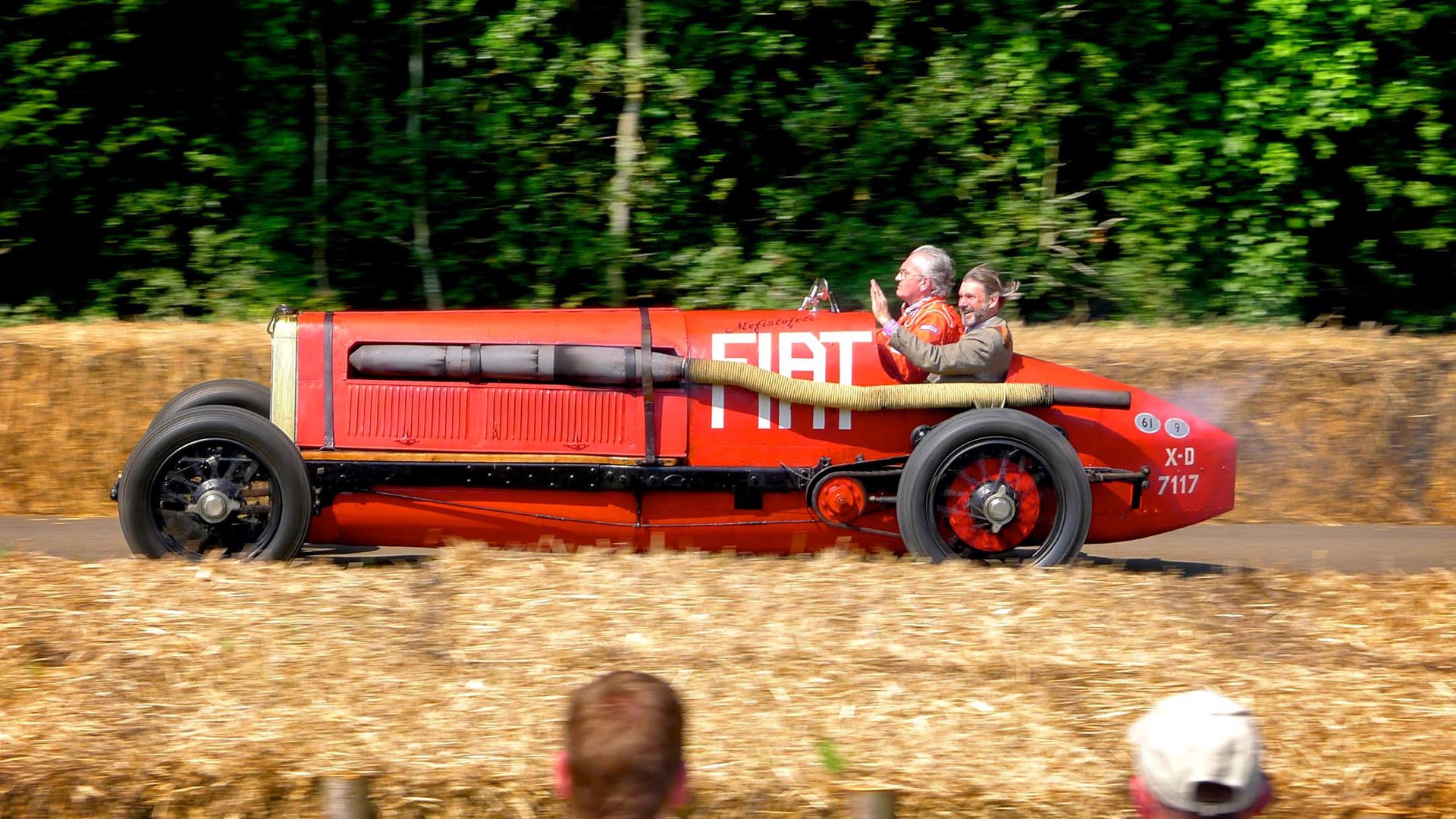
The Mephistopheles is notable for several reasons, not least of which is that its record-setting speed was set on a public road in France. Later, speed records would move first to sand and then to salt, both smoother surfaces as top speeds became ever higher.
The other interesting thing about the Mephistopheles was that it was an absolutely insane machine piloted by semi-suicidal maniacs. Originally a Fiat grand prix car that had literally exploded during a race, the chassis was purchased by Englishman Ernest Eldridge for the measly sum of twenty-five British pounds; then he went and bought an aircraft engine out of a WWI bomber.
The unholy marriage of the two involved all sorts of witchcraft, including using bits of a London bus to extend the frame. The 21.7L six-cylinder engine had two valves per cylinder, 24 spark plugs, four carburetors, open bucket seats without restraints, and brakes only on the rear wheels.
The fully exposed driver and mechanic/co-driver managed to wrestle Mephistopheles to a top speed of 235 km/h, all while concentrating hard on Not Dying. It was the proverbial dance with the devil, but the record didn’t stand for long.
Campbell-Railton Blue Bird – 1935
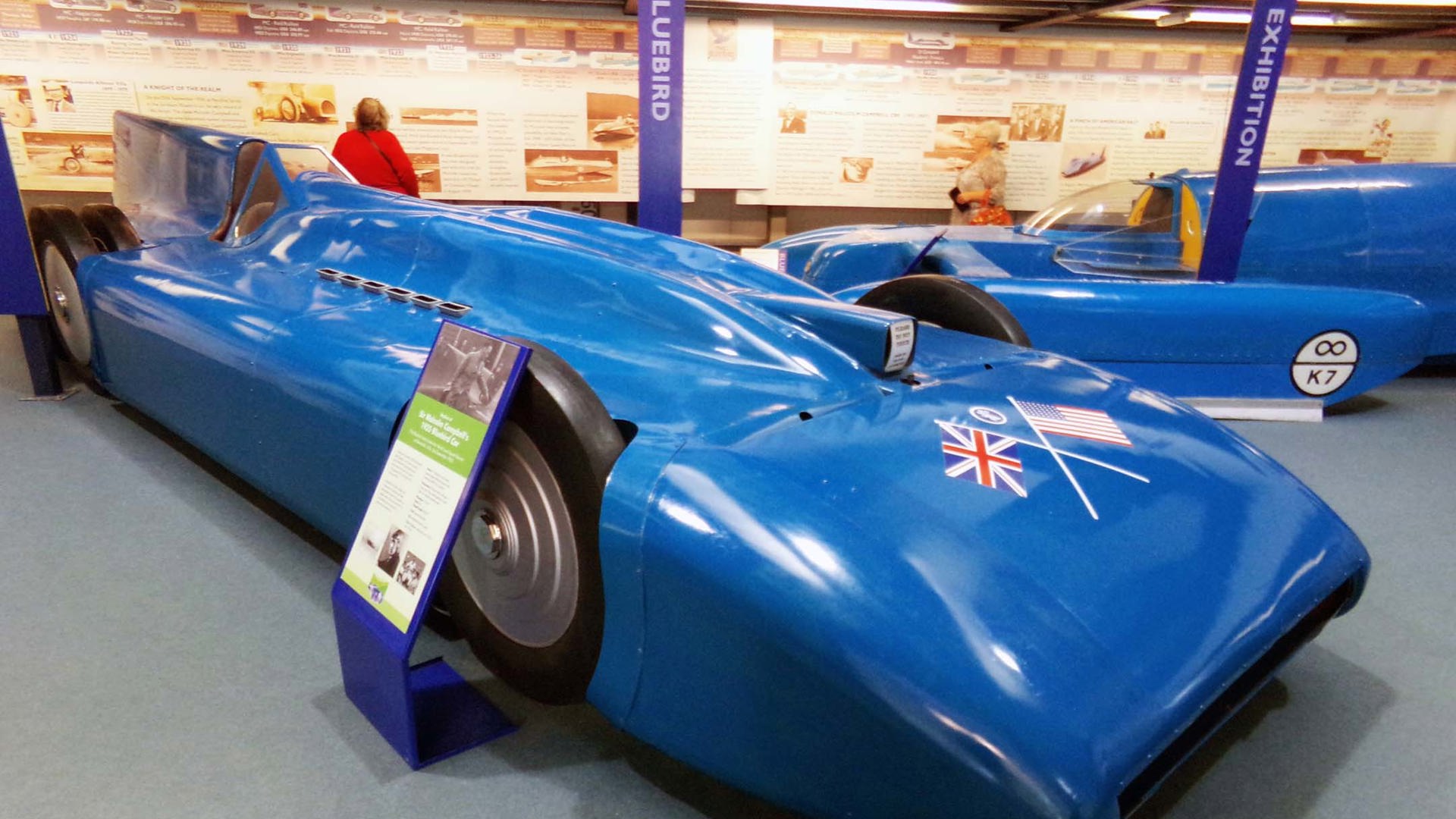
The history of land speed cannot be mentioned without bringing up two legendary names: Bonneville, and Malcolm Campbell. The former is still the crucible of record-setting speed, the latter is one of the greatest drivers of all time.
Sir Malcolm Campbell was a motorcycle racer, WWI pilot, and was later put in charge of evacuation plans for the royal family in case of German invasion in WWII. Over the period of 1924–1935, he would set no fewer than nine land-speed records, racing everywhere from Pendyne Sands to Daytona Beach.
The last record, set in 1935 at Bonneville, broke the 300 mph (480 km/h) barrier, and stood for two years. The car he set it with, the Blue Bird, was powered by a supercharged 36.7L Rolls-Royce V12 airplane engine, making a heroic 2,300 hp. However, the Bluebird wasn’t a boxy deathtrap, being instead a refined design boasting the best aerodynamics could offer at the time. It had a tailfin for stability, and even a flap to momentarily block the radiator intake for a few extra mph.
From here on out, Bonneville would be place to head if you were looking to set records. However, one more public road record would be set in the 1930s, one tainted by its association with evil.
Mercedes-Benz W125 Rekordwagen – 1938
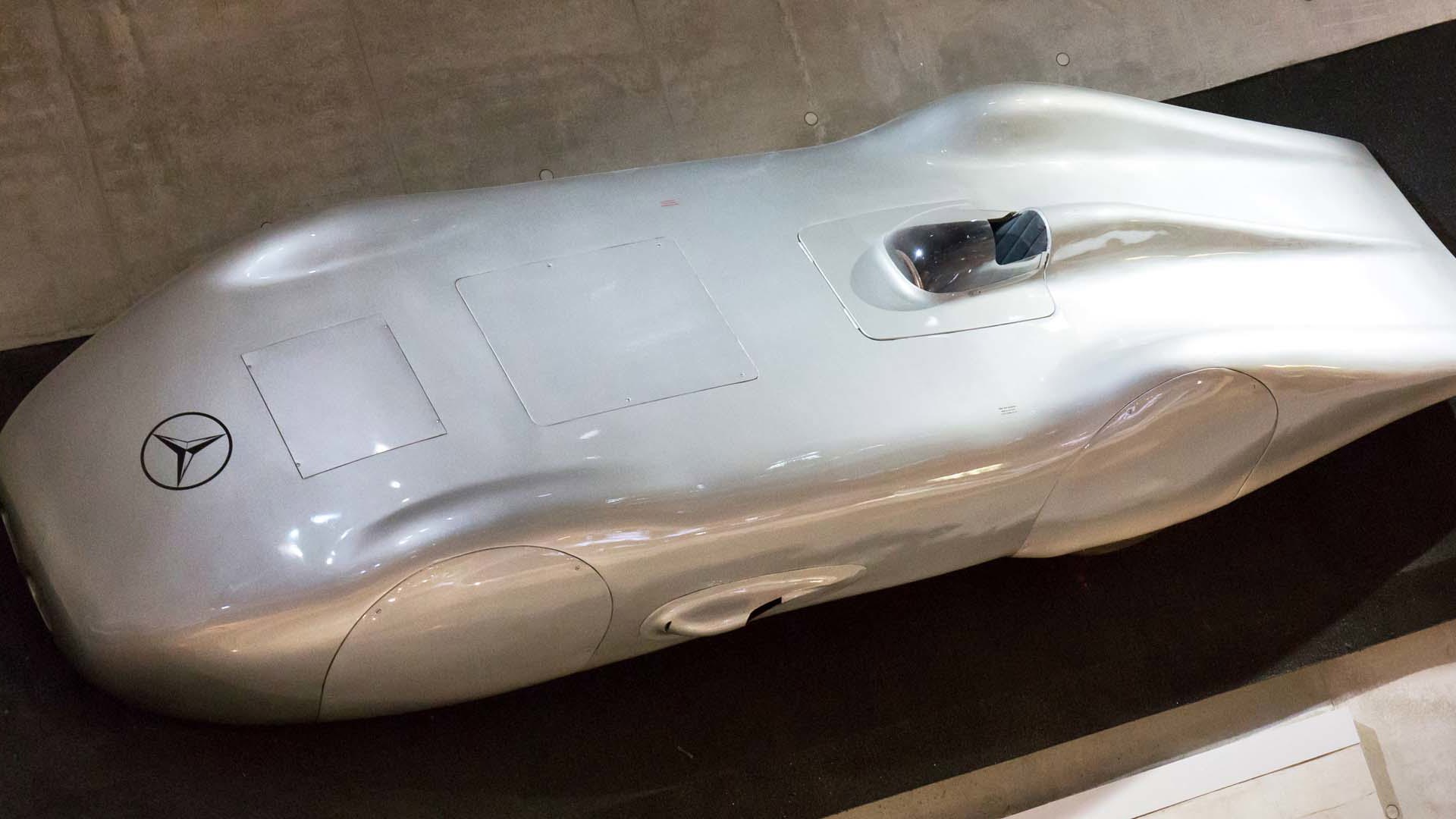
Just prior to the outbreak of WWII, the Third Reich was heavily involved in all manner of propaganda intended to show the superiority of Germany. In martial strength, in aviation innovation, and in motorsport, the Nazis were a well-oiled machine when it came to promoting their well-oiled machines.
The W125 was one such juggernaut of the time, and it would set a high-water mark that would last for just shy of eighty years. In a stunt that both celebrated aerodynamic engineering and the speed of the new Autobahn system, the V12-powered Rekordwagen was piloted to an incredible 433 km/h, the highest speed ever recorded on a public road.
It was not to be the last attempt at the record, as Mercedes-Benz also had a further blitzkrieg machine in the wings: the 3,000 hp Porsche-designed T80, with a projected top speed of between 600 to 700 km/h. However, on the same day that the Rekordwagen etched its name in the history books, Grand Prix legend Bernd Rosemeyer was killed trying to beat the record in his Auto Union streamliner. Further record attempts were shelved, and war broke out the next year.
Both the W125 and the T80 survived WWII, and are both on display in the Mercedes-Benz museum in Stuttgart. While their achievement and potential, respectively, are worthy of note, the brutal reality of the fascist regime that created them should not be obscured by their glittering sliver paint.
Mercedes-Benz 300SL – 1955
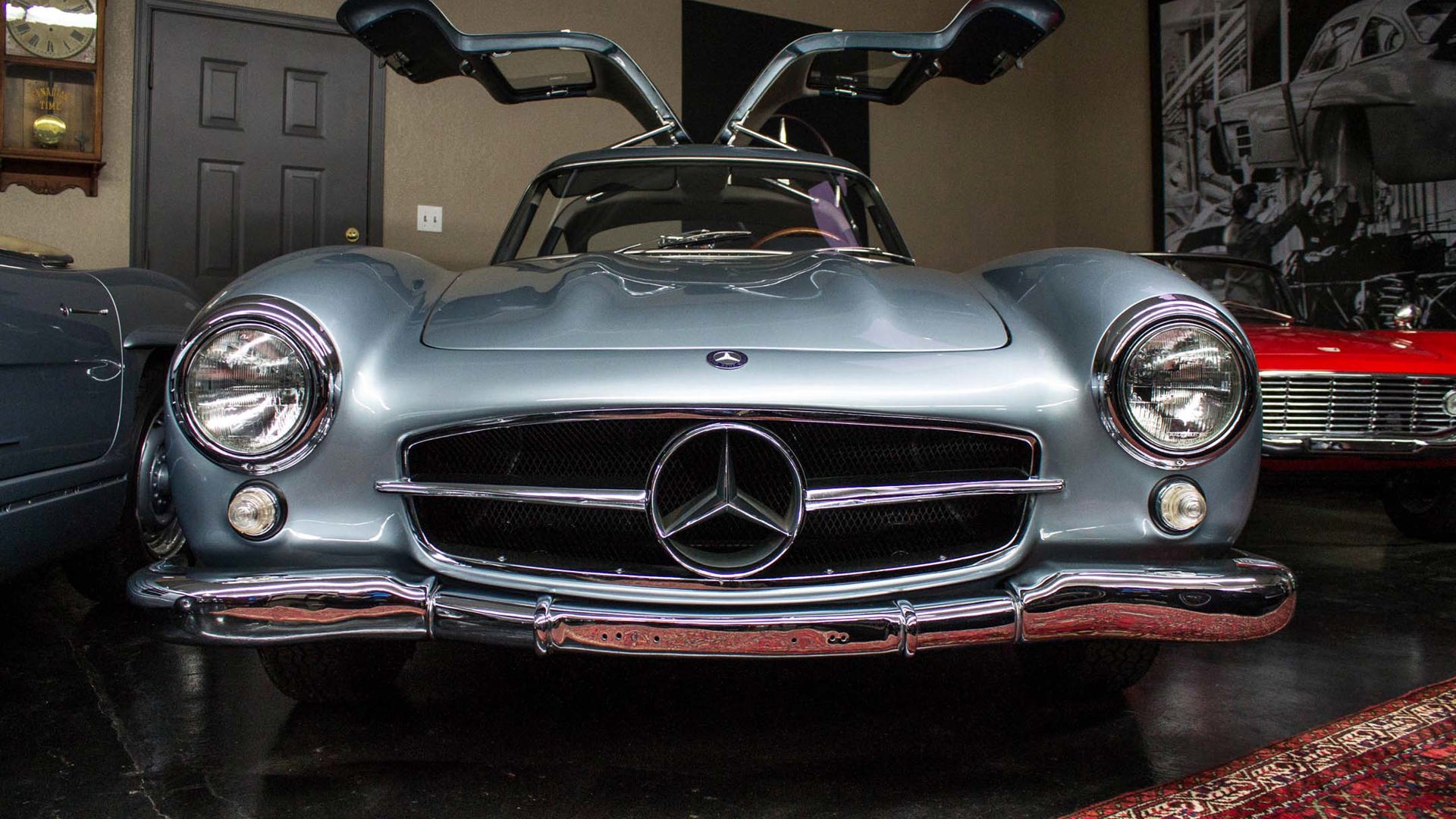
Far less controversial than its purpose-built ancestors, the beautiful Gullwing 300SL coupe is one of the prettiest cars ever made, and arguably the world’s first supercar. It is here that we’ll move from the land-speed record machines to production street cars, as the latter half of twentieth century speed is more about land-bound jet aircraft than anything recognizable as a car.
The 300SL, however, is most certainly an automotive jewel. Those gullwing doors are no affectation, but a requirement due to the high-waisted spaceframe under the skin. The glorious 3.0L straight-six is smooth perfection, and while the 215 hp output is far short of the barnstorming prototypes we’ve looked at thus far, it was good enough to propel the SL to a theoretical 260 km/h.
A bold claim, but independent testing showed the 300SL capable of a two-way average of 243 km/h over a flying kilometre. Further, the SL handled well when driven with skill, and could easily be used as a grand tourer for swanning about Europe. What was the world’s fastest then is still supremely confident by today’s standards.
Lamborghini Miura P400 S – 1969
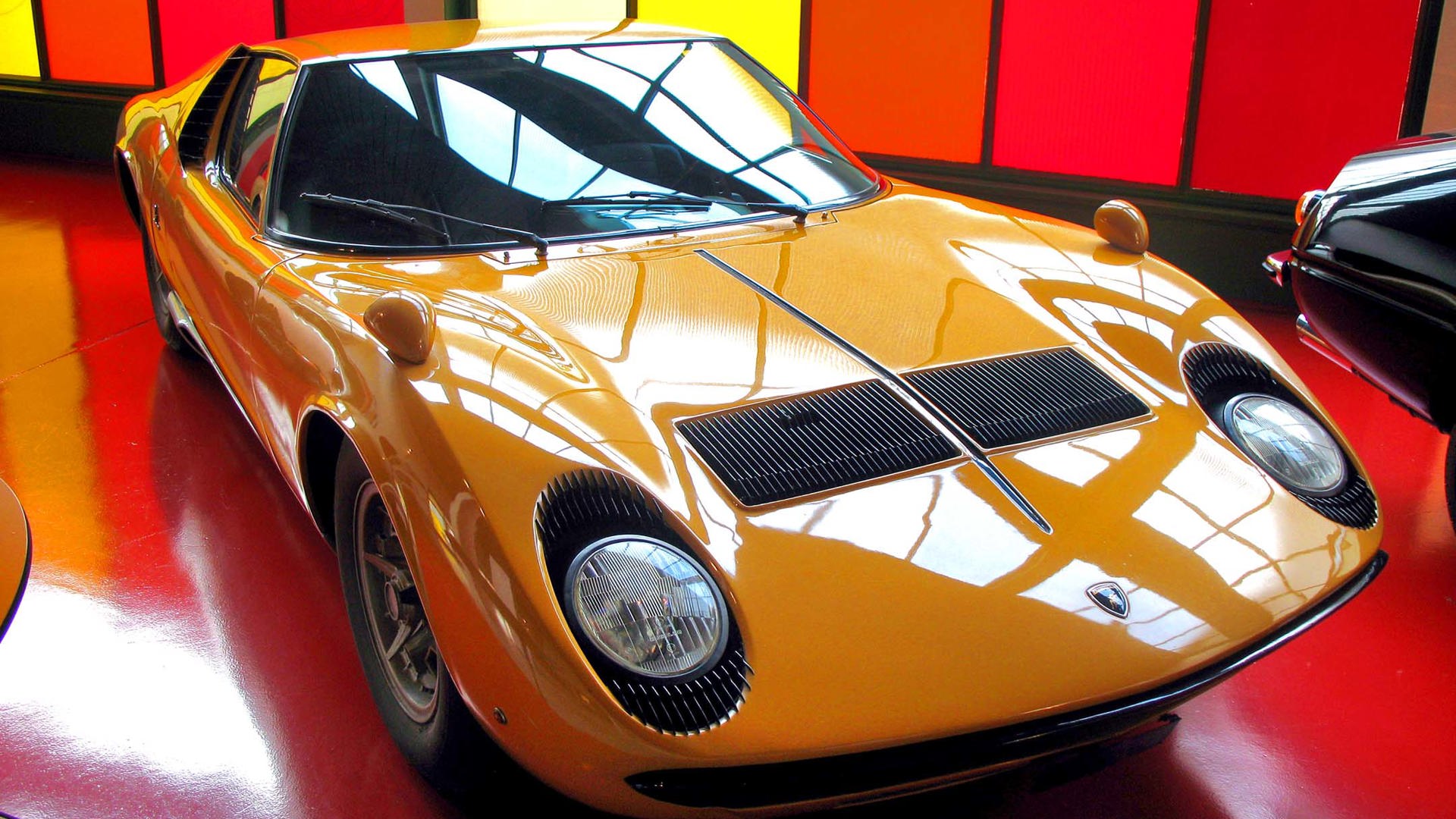
Developed in secret by a small team of passionate engineers and test drivers, honed at speed in the Italian Alps, star of silver screen and plaything of the rich, the Lamborghini Miura is perhaps the boldest expression of the supercar ethos. When test driver Bob Wallace threw an overnight bag in the passenger seat and proceeded to storm from Sant’Agata to the Italian Riviera, he crashed the glitzy party at the Monaco Grand Prix with an Arancia Orange exclamation point.
The Miura was no mere pretty face. Designed around a mid-mounted 4.0L V12, it was fast, agile, gorgeous, and dangerous. The public was bowled over.
Further, when it came time for high-speed bona fides, the Miura delivered. Towards the end of the 1960s, when the average European family sedan was powered by a wheezy little four-cylinder engine, the Miura was tested to 280 km/h and beyond.
Ferrari 365 GTB/4 Daytona – 1971
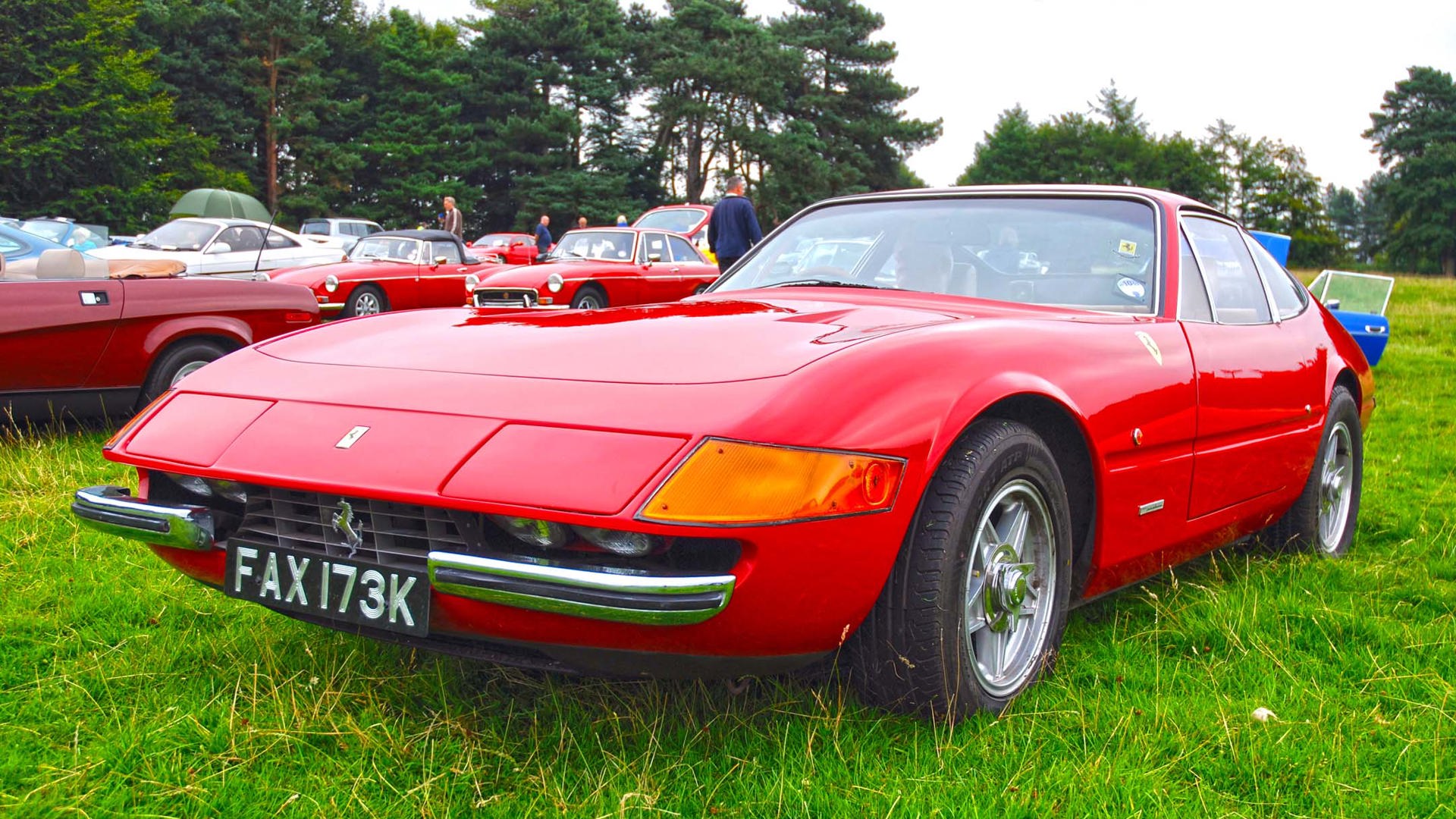
For decades, playgrounds echoed to the argument of which was faster, a Ferrari or a Lamborghini. In fact, it’s still going on today.
However, by the late 1960s, Ferrari had a riposte to the Miura in the form of the front-engined Daytona. More conventional than Lamborghini’s new mid-engine recipe, the 365 GTB/4 was nonetheless potent, and set a top speed of 280 km/h in 1968.
However, the Daytona really captured the imagination of speed freaks in the early 1970s, when it was the winner of the inaugural Cannonball Baker Sea-to-Shining-Sea Memorial Trophy Dash. That’s right, a Daytona won the Cannonball run.
Driven by Formula 1 and 24 Hours of Le Mans champion Dan Gurney, with legendary auto scribe Brock Yates along for company, the Daytona hammered along at outlaw speeds. The stunt was a way to protest the new nation-wide 55 mph speed limit; whether or not the protest worked, the Daytona and its ne’er do well pilots still scrawled their names in infamy.
Ferrari F40 vs. Porsche 959 – 1987
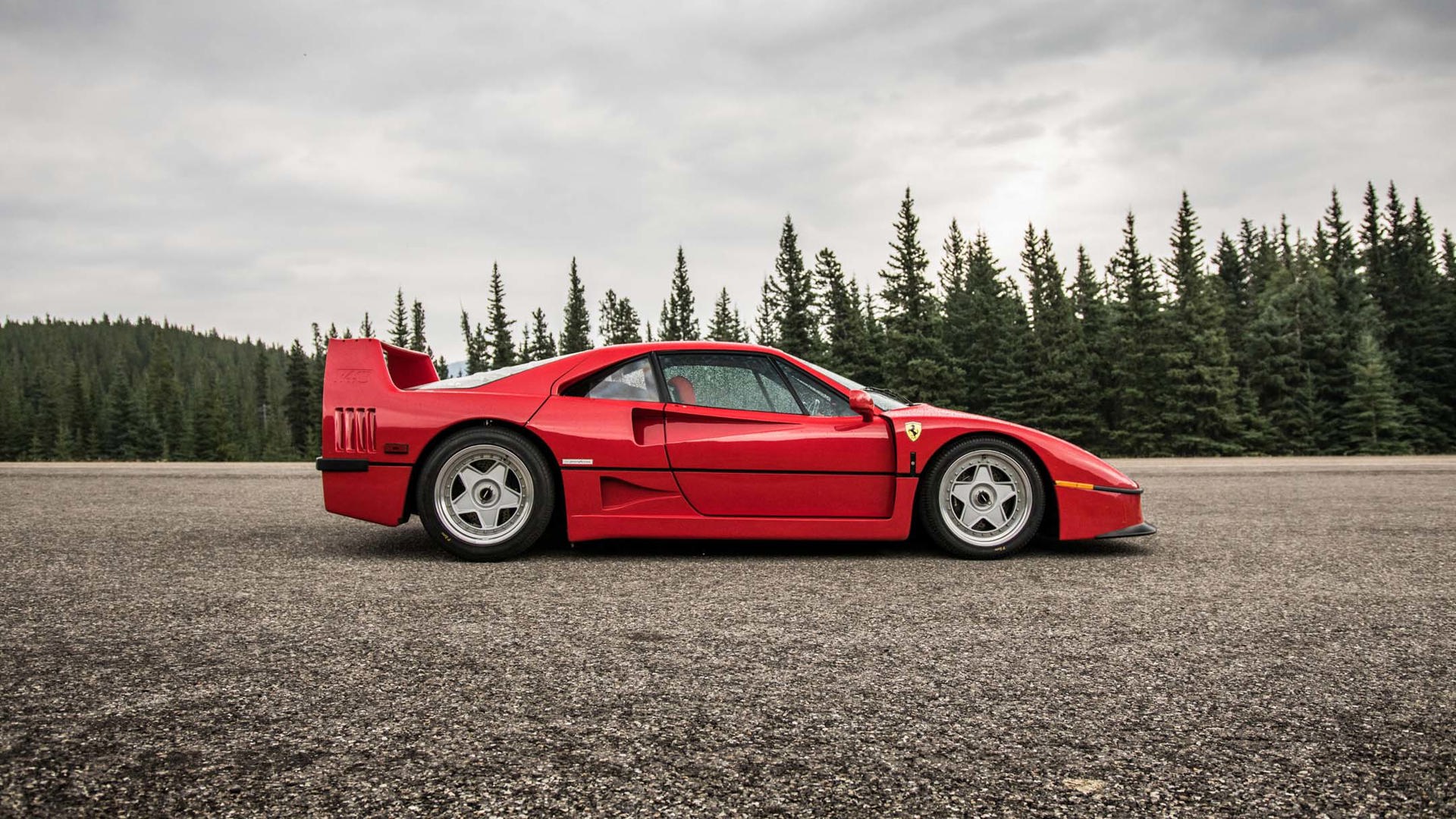
In the 1980s, raw speed took its last stand against the creeping supremacy of technology. On one side of the duel we had the Porsche 959, an all-wheel-drive, twin-turbocharged tour-de-force; at the other end was Ferrari’s drawn rapier blade, the razor-edged F40.
Despite approaching speed from two totally different philosophies, the two combatants were so closely matched as to be divided by less than a handful of mph. Further, the end outcome is a bit murky, as while the F40’s official claimed 201 mph (323 km/h) should have landed it atop the podium, independent testing wasn’t able to verify it. Further, some 29 959S models were produced, each with more than 500 hp – these were tested to nearly 340 km/h.
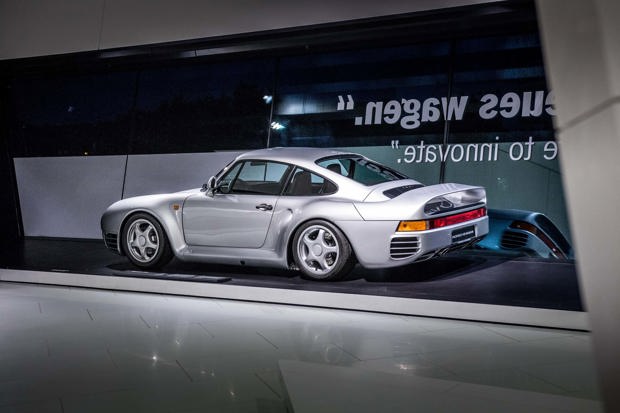
Which one to choose? Really, you need both. The 959 is the better-finished car, and suitable for any weather. The F40 is the adrenaline machine that’ll kill you as soon as look at you. Maybe save up for some driving lessons too.
RUF CTR “Yellowbird” – 1987
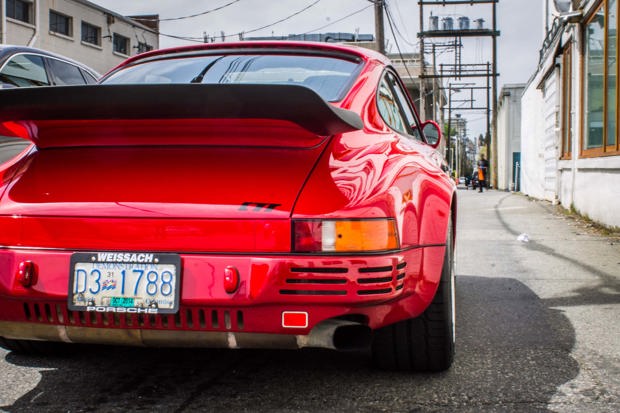
While the giants of speed fought it out on the world stage, a small manufacturer slipped past them and blasted on ahead. The car in question was tiny, narrow, and canary-yellow – and the best in the world struggled to keep up. Where did that come from?
Ruf is a boutique manufacturer based out of Pfaffenhausen in Germany, and they still build some of the most special modified Porsches out there. The CTR wasn’t the first Ruf, but it did cement the company’s reputation to an international audience when it showed up at a heavy-hitter Road & Track top speed shootout.
While the 959’s AWD system let it sprint to 100 km/h quicker, the Yellowbird had the top-end all to itself, managing to lay down a scorching 342 km/h run. Only about fifty were ever made, each one a blend of twin-turbocharged fury and narrow-bodied 911 skittish handling.
McLaren F1 – 1993
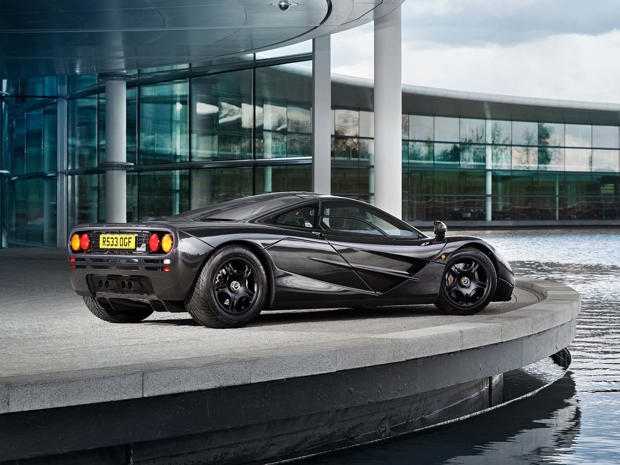
Somewhere between the F40’s uncompromising nature and the 959’s proper roadcar finish, the McLaren F1 stands out as probably the finest supercar ever made. Certainly when discussing analogue cars with minimal drivers aids, the F1 will probably never be surpassed in experience, even as faster cars come along.
Never developed as a racecar, when it was eventually unleashed at Le Mans, it promptly won the race outright, beating even the prototypes. And, if that wasn’t enough evidence of just how incredible the F1 was, there was the day when VW opened up the gates and let the XP5 prototype F1 out onto the Ehra Lessien test track.
At 8.7 km in length, the straight section at Ehra Lessien is the ideal place to let a really fast car stretch its legs. McLaren had just one day, but XP5 delivered the goods: with test driver Andy Wallace at the wheel, it hit a maximum of 391 km/h, good enough for an average of 387 km/h.
Still the fastest naturally aspirated car in the world, the F1 remains rare, valuable, and without peer. However, that doesn’t mean things didn’t get faster.
Bugatti Veyron vs. Hennessy Venom GT – 2014
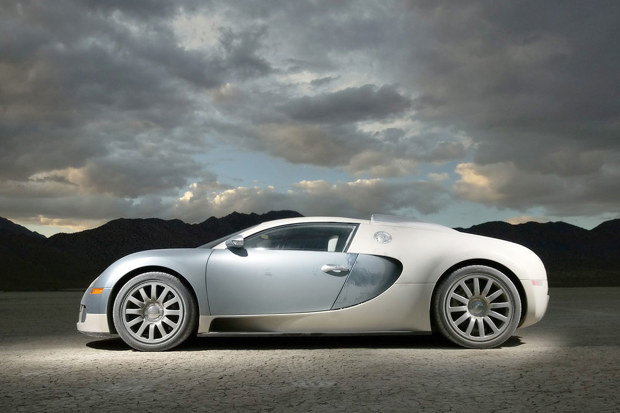
Volkswagen may have let McLaren borrow its test track out of curiosity in the 1990s, but by the time the 2000s rolled around, they had their own project. Built to be nothing less than the fastest, quickest-accelerating production car on the road, the Bugatti Veyron has a quad-turbocharged, 8.0L W16 engine that famously produces 1,001 metric horsepower (or 987 hp in regular-grade terms).
The Veyron arrived with a thud, posting average top speeds of 409 km/h. This was above the stated top speed of 407 km/h, but either way the Veyron was king of the hill, proof positive that engineering could solve any problem.
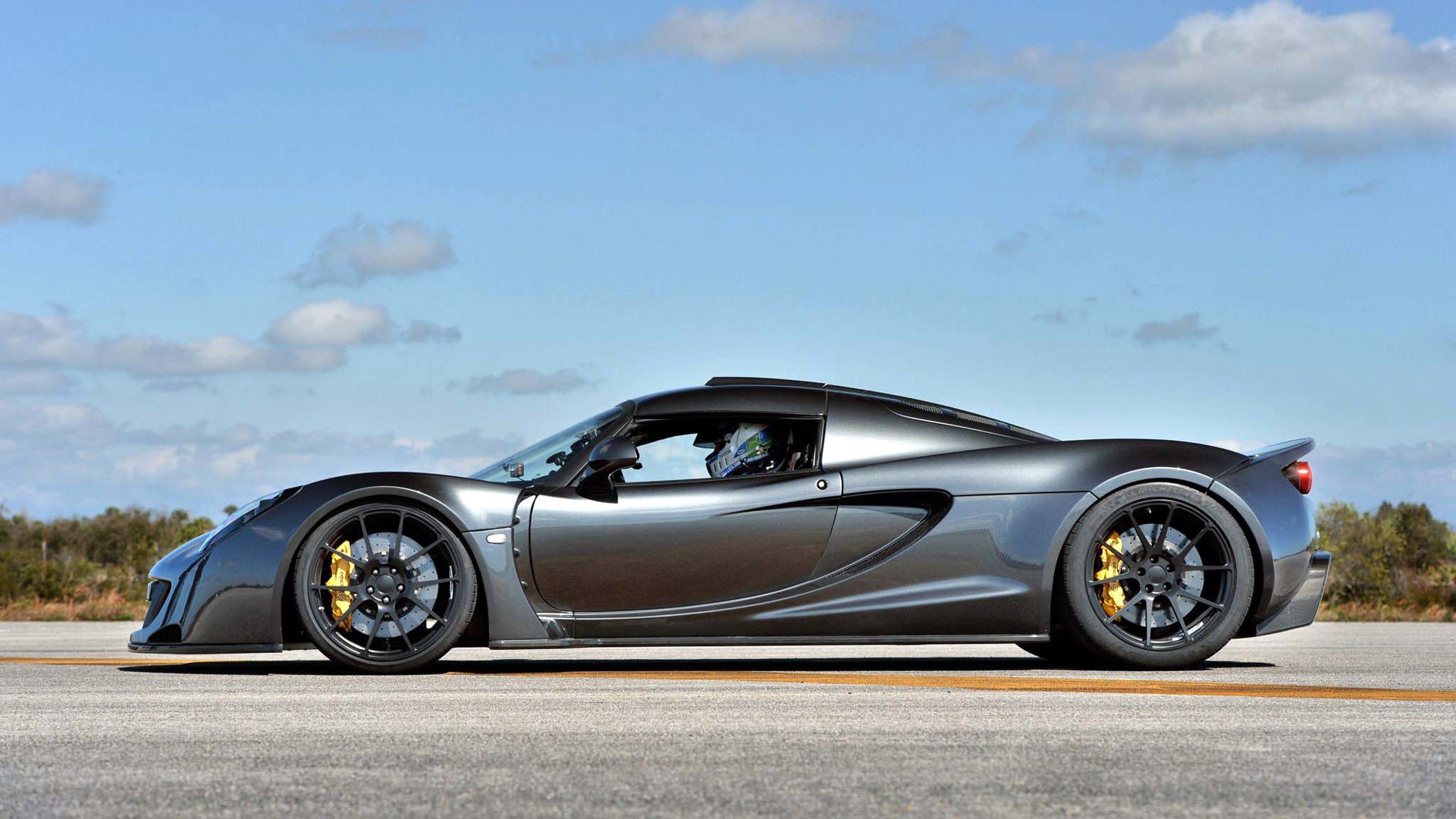
But at the same time, some good old-fashioned hot-rodding was taking place in Texas, with the Venom GT. Based on a Lotus Exige lengthened and modified to accept a twin-turbocharged Corvette V8, the Venom has 1,451 hp to harness.
The Veyron has all-wheel-drive and a seven-speed dual clutch gearbox. The Venom is rear-drive only, and has a six-speed manual. It’s Germanic rocketry versus American brute force.
Who won out? Well, it’s hard to say. The Veyron got successively quicker with each special edition, but the fastest models required the removal of an electronic speed limiter. The Venom GT managed a screaming 435 km/h, but only in a single direction. Picking a champion depends on where you were standing.
Koenigsegg Agera RS – 2017
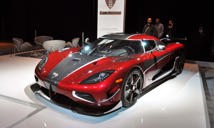
For now, the Swedish-built Agera RS holds the current title. Or at least it does if you look past the extremely limited production numbers.
But uneasy is the head that wears the crown. Among other threats – a new car from McLaren, the rumoured Venom F5 – there’s once again an electric-powered contender in the form of the Croatian-made Rimac.
There are barriers yet to fall. Improvements in tire technology and aerodynamics continue to push the bleeding edge further ahead. Today, the fastest machine on the street is built in Sweden and proven in the desert. Tomorrow, who knows?
